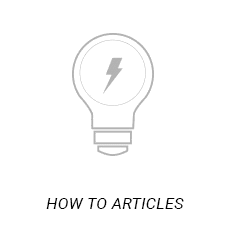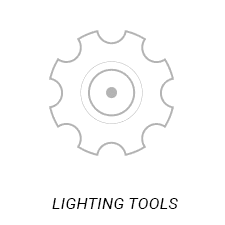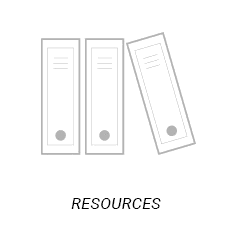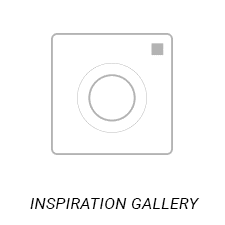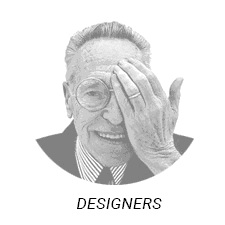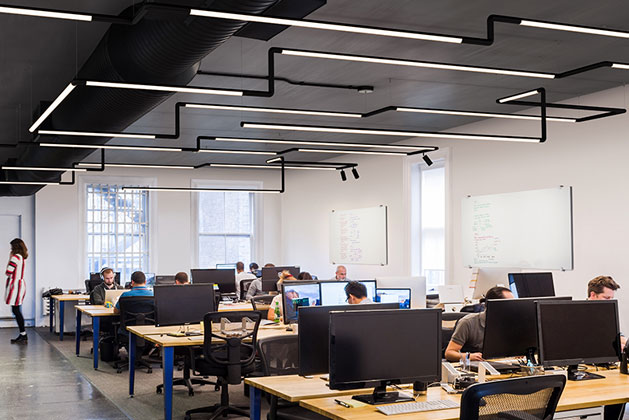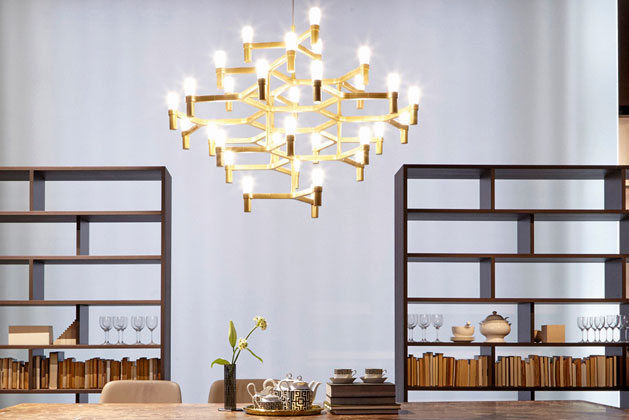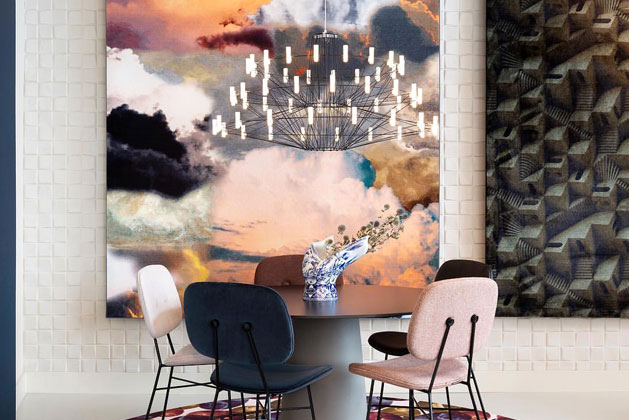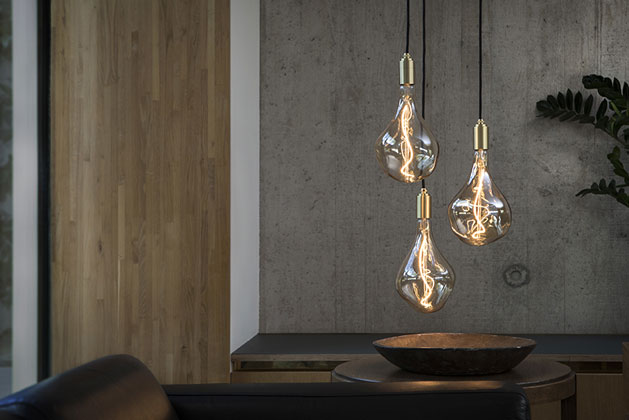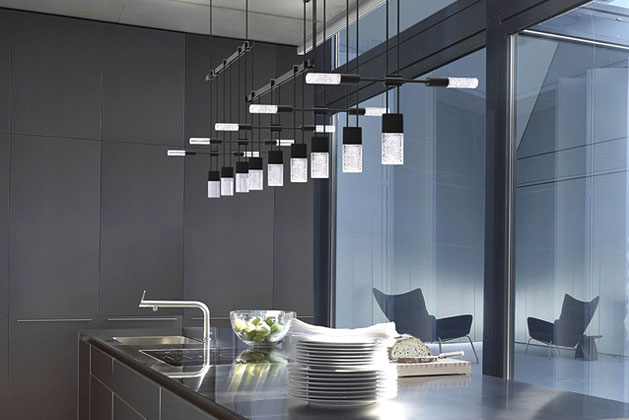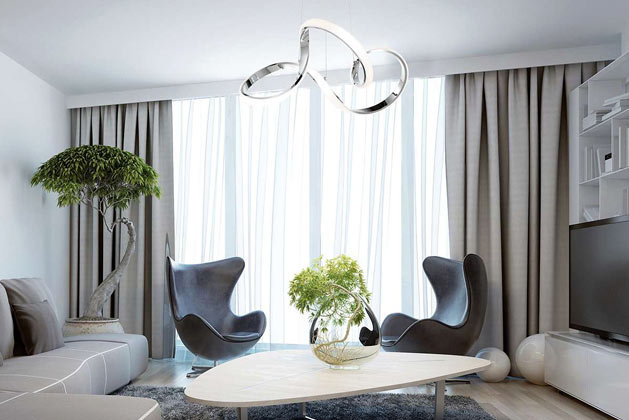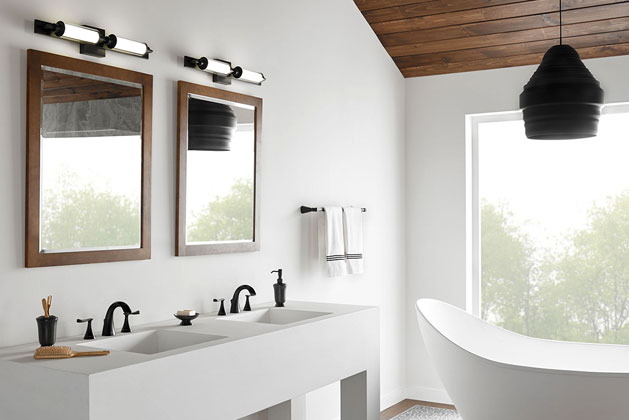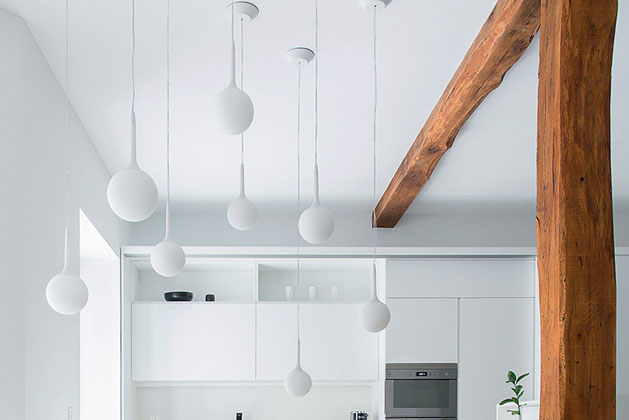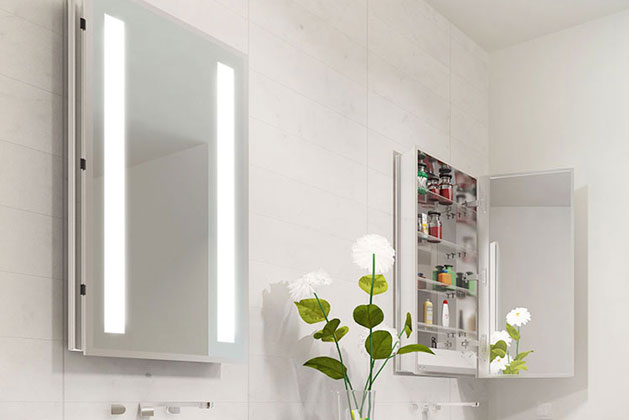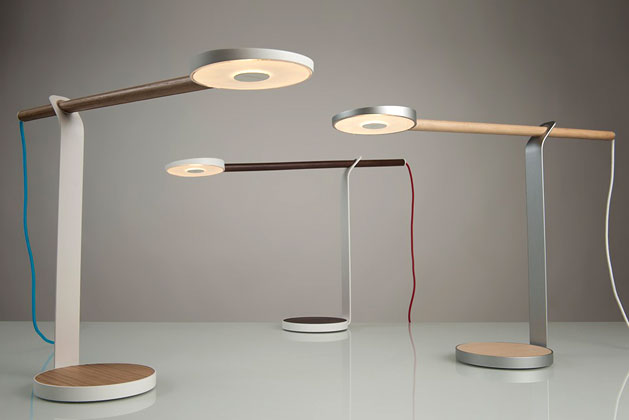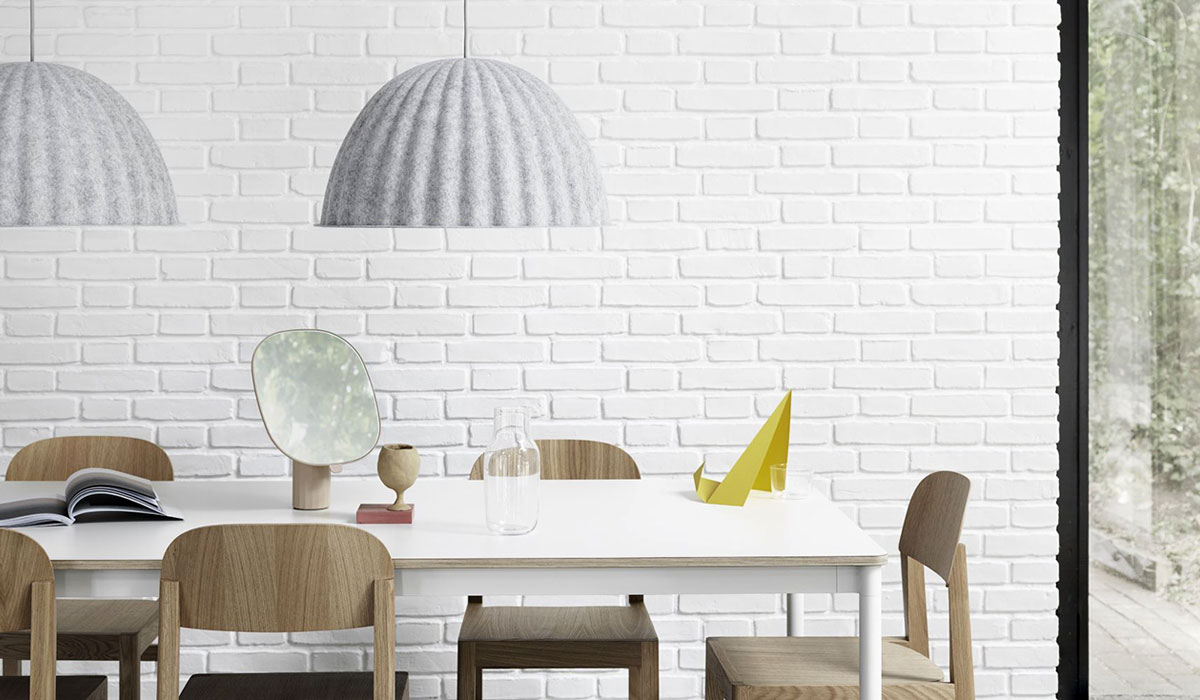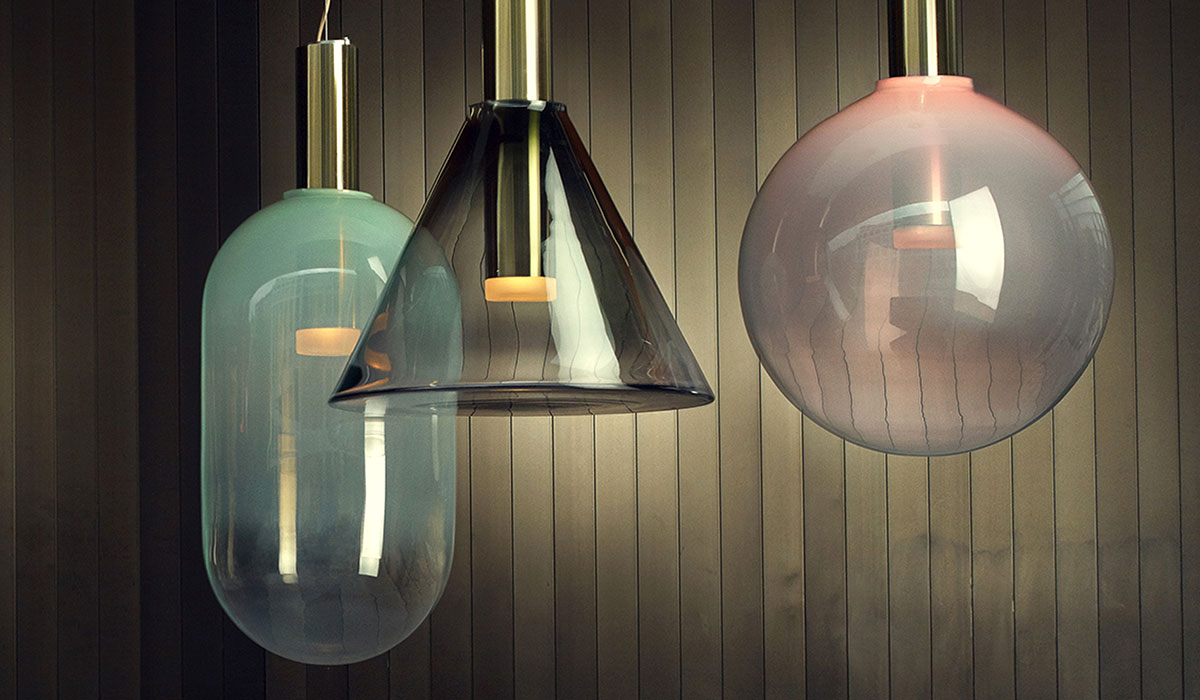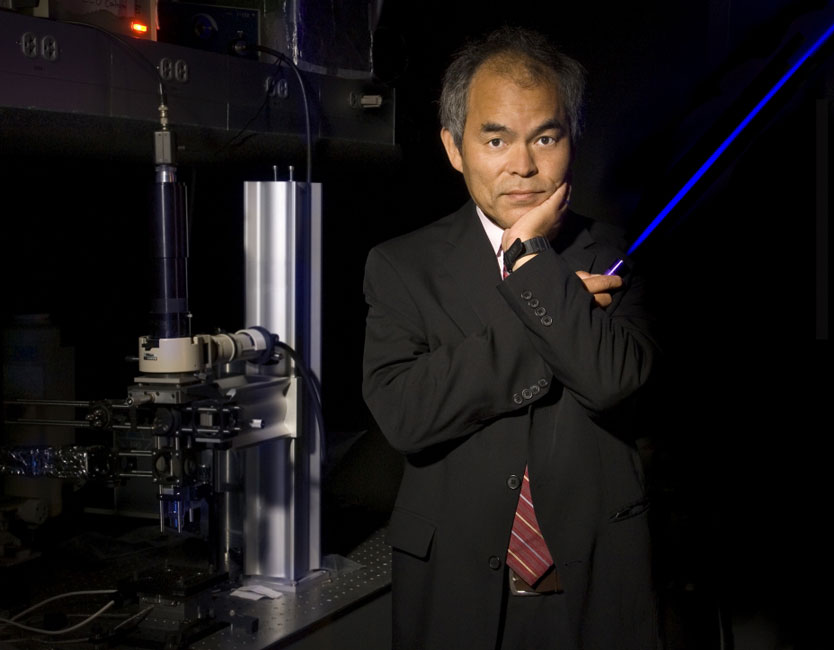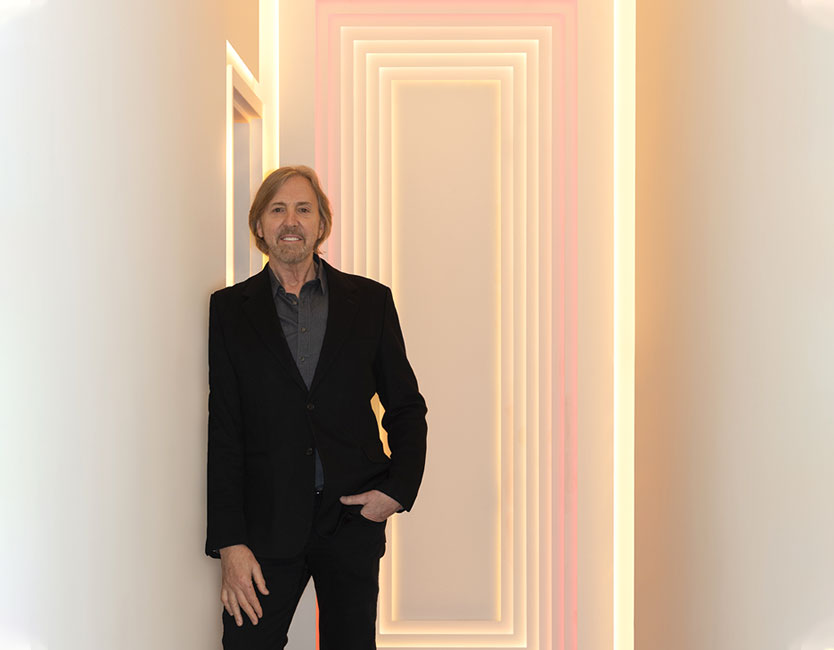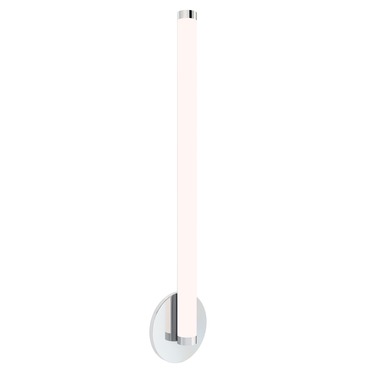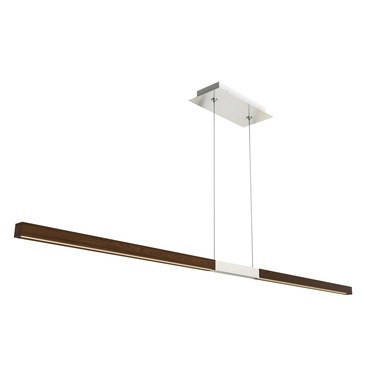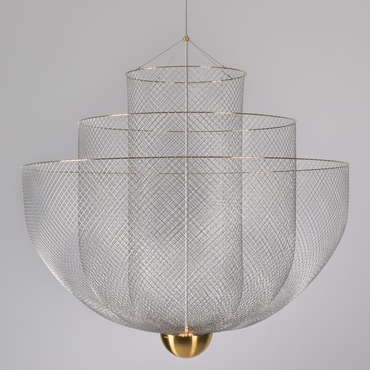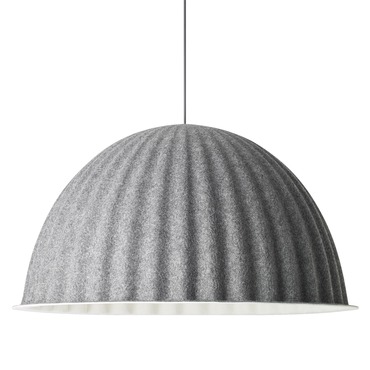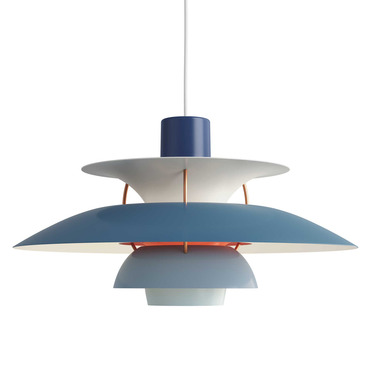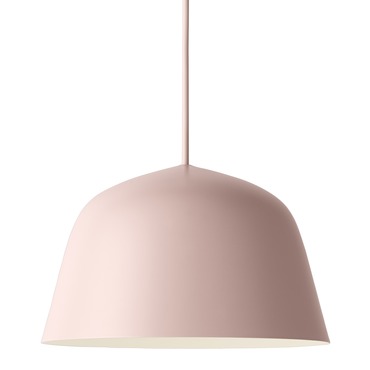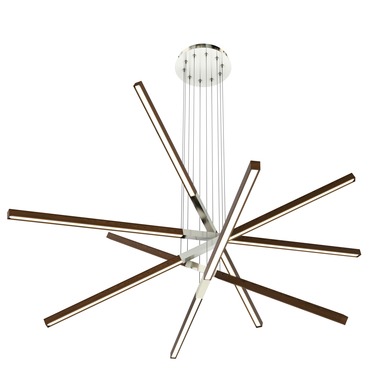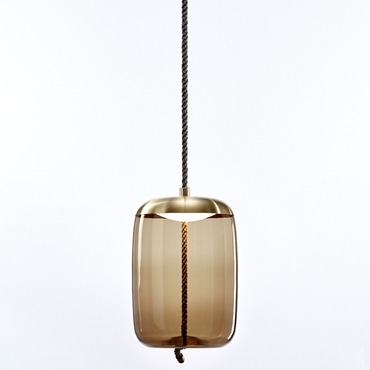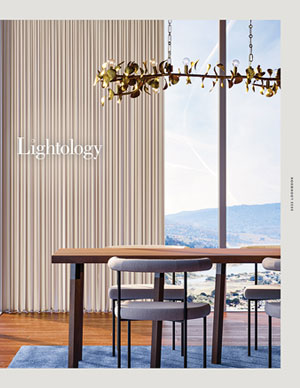- Showroom
- Design Services
- Support Center
- |(866) 954-4489
-
0
Your CartOrder Subtotal0.00
- 0
LED Lighting
Lighting technology is evolving at breakneck speed, and LEDs continue to lead the way, cutting down on power usage, warming up in color temperature and offering total lighting control like never before.
Shop LED Lighting Discover Tunable White & Warm Dim
Category
Spotlight
History - The Rapid Evolution of LED
From smart phones and TV screens to exit signs and chandeliers, LEDs have evolved as the forerunner in the world of lighting. As LED technology advances at breakneck speed, so does the look, feel and control we have over our lighting. Long gone are the days of cold, blue LEDs -- the future is warmer, brighter and in the palm of our hand. But it wasn’t always that way ...
1962 - Nick Holonyak
From smart phones and TV screens to exit signs and chandeliers, LEDs have evolved as the forerunner in the world of lighting. As LED technology advances at breakneck speed, so does the look, feel and control we have over our lighting. Long gone are the days of cold, blue LEDs -- the future is warmer, brighter and in the palm of our hand. But it wasn’t always that way ...
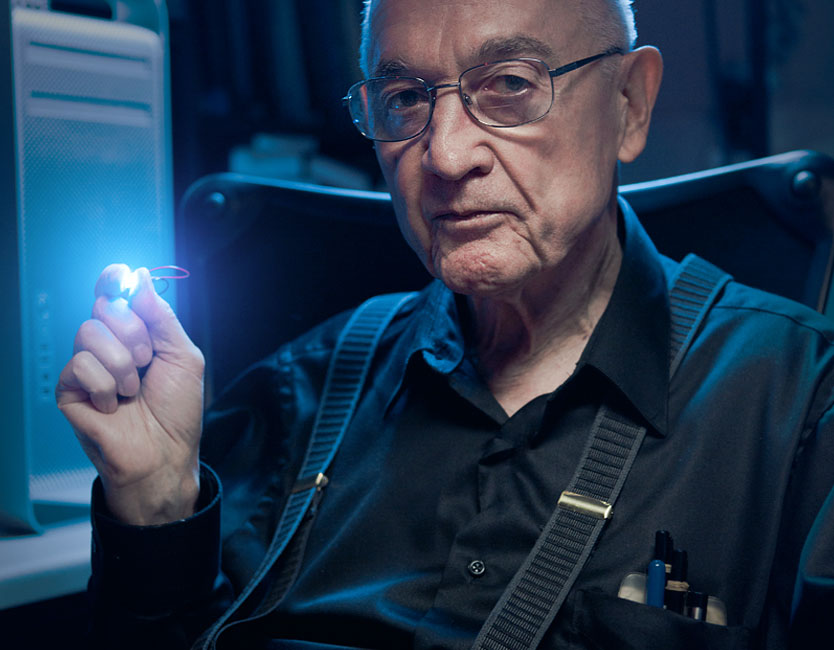
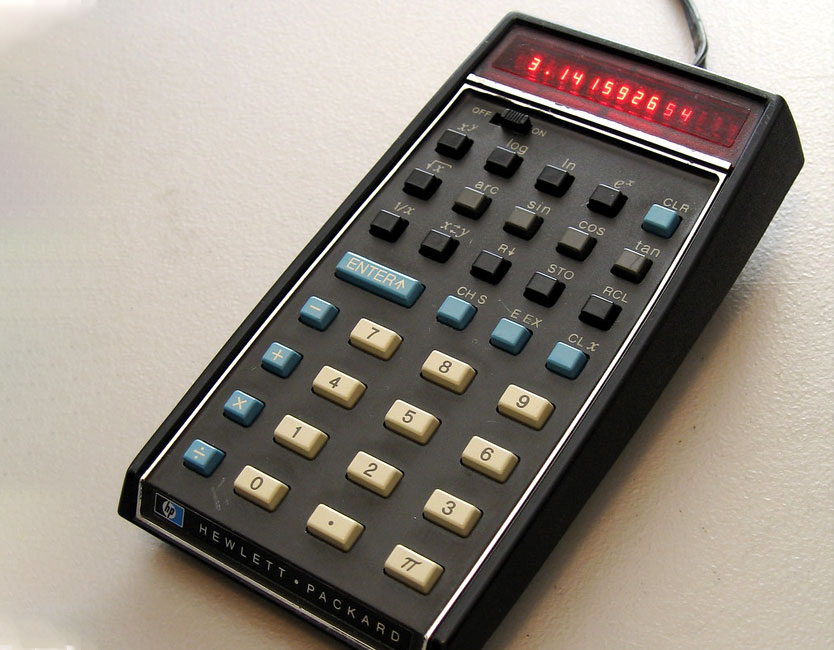
1968 - Hewlett Packard
Born at the hands of Electrical Engineer Nick Holonyak, Jr., the LED--or light-emitting diode--revolutionized lighting as we know it. While working with General Electric, Holonyak developed alloy III-V crystals using gallium arsenide phosphide, which lead to the first visible spectrum red light-emitting diode. Holonyak’s discovery would eventually earn several prestigious awards, including the National Medal of Science and the National Medal of Technology.
1972 - Blue LED
Blue LEDs made their first debut, thanks to Herbert Paul Maruska at RCA. His use of gallium nitride on a sapphire substrate carried LED technology into new hues, however Maruska was unable to increase the brightness, leaving blue LEDs in the dark for decades.
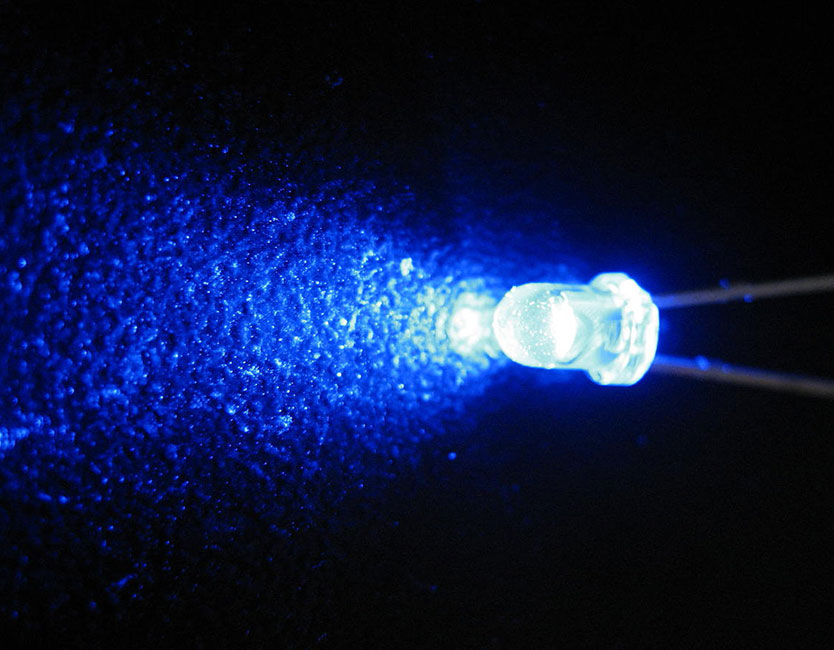
1974 - Shuji Nakamura
Inspired by Holonyak and Maruska’s work, inventors Isamu Akasaki, Hiroshi Amano and Shuji Nakamura expanded on Holonyak’s work, developing the first high-brightness blue LED, opening up the doors for white LEDs and ushering in a new chapter for lighting. Their discovery eventually won them the Nobel Prize in physics.
Shop Soraa LED
Today - The LED Revolution
LED technology is evolving like never before, with Warm Dim and Tunable White giving us full control over hue, brightness and mood. Lighting brands continue to explore new LED territory: PureEdge paves the way for LED architectural lighting, Moooi and Arteriors craft stylish, energy-saving fixtures for our homes and Philips delivers bulbs, kits and apps, making the transition to LED simple and seamless.
Discover Warm Dim & Tunable White
Handpicked
LED - Mythbusting
Myth - LEDs are cold and harsh.
Fact - LEDs are available in a wide variety of colors and color temperatures, and today’s technology allows you to dial in like never before. If you’re looking for a warm tone reminiscent of a standard incandescent bulb, go with LEDs with a color temperature of 2200K or 2400K at 10 - 40 watts. If you go with a color temperature of 2700K, pair it with 60 - 150 watts. If you’re looking to replicate the look and feel of 3000K halogen, go with Tunable White fixtures / 2000K, 4000K. And if you’re looking to capture the full spectrum, Tunable White bulbs and RGB (Red, Blue, Green) or RGBW (Red, Blue, Green, White) fixtures dial into any hue, from red to blue, with the simple touch of a button.
Myth - LEDs don’t dim well.
Fact - Long gone are the days of cold, sterile dimming LEDs. Warm Dim technology is available with 2700K or 3000K fixtures, allowing your LEDs to dim from a clean white to a warm, golden hue reminiscent of a sunset.
Myth - LEDs will break.
Fact - Crafted as solid-state lighting, LEDs are actually more durable than incandescent bulbs, and just as easy to replace (if needed). Good-quality LED bulbs can have a lifespan of more than 25,000 hours, lasting 25 times longer than traditional light bulbs.
Myth - LEDs don’t actually save energy.
Fact - LED bulbs can be five to seven times more energy efficient than incandescent lights, cutting energy use by more than 80 percent.
Myth - LEDs can’t be stylish.
Fact - Today, every major designer and brand is releasing LED fixtures, from Tom Dixon and Jonathan Adler to industry leaders PureEdge Lighting, Moooi and Arteriors.
Myth - LEDs are expensive.
Fact - Advancements in manufacturing and technology mean LED fixtures are now available in a wide variety of prices. Once you install an LED fixture, you’ll save even more from your energy reduction. In 2012, about 49 million LEDs were installed in the U.S., saving nearly $675 million in annual energy costs.

